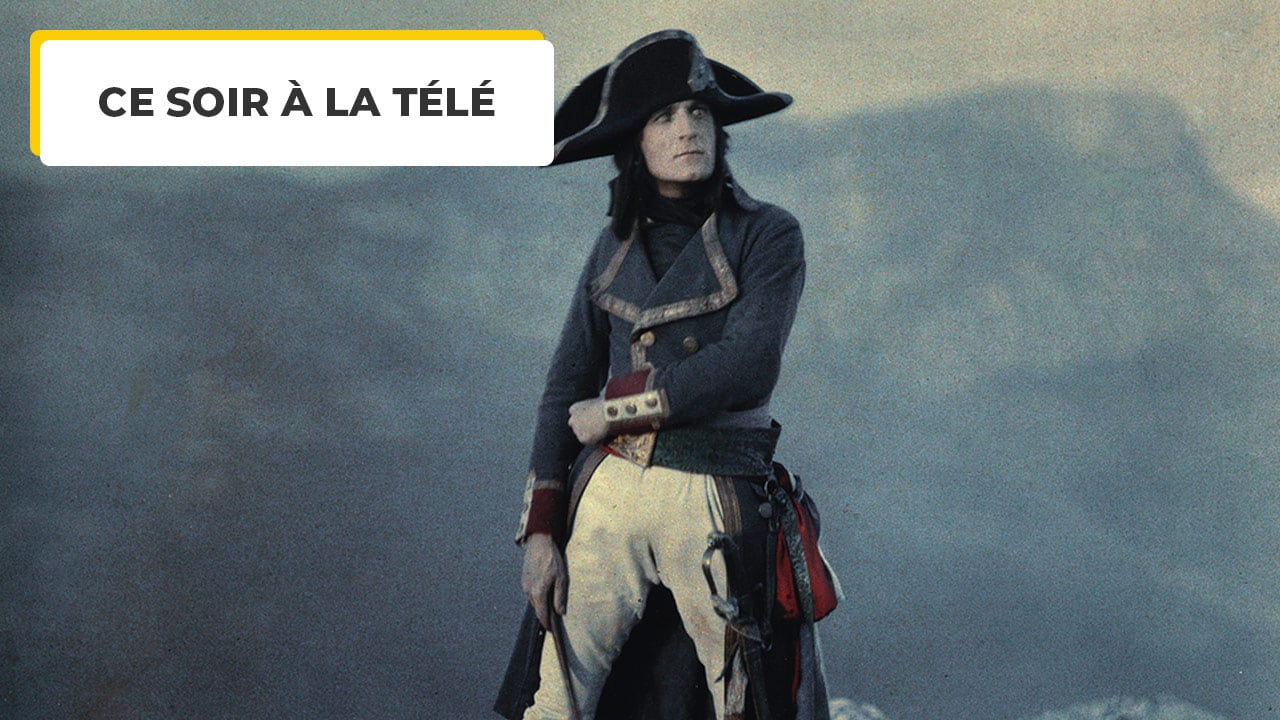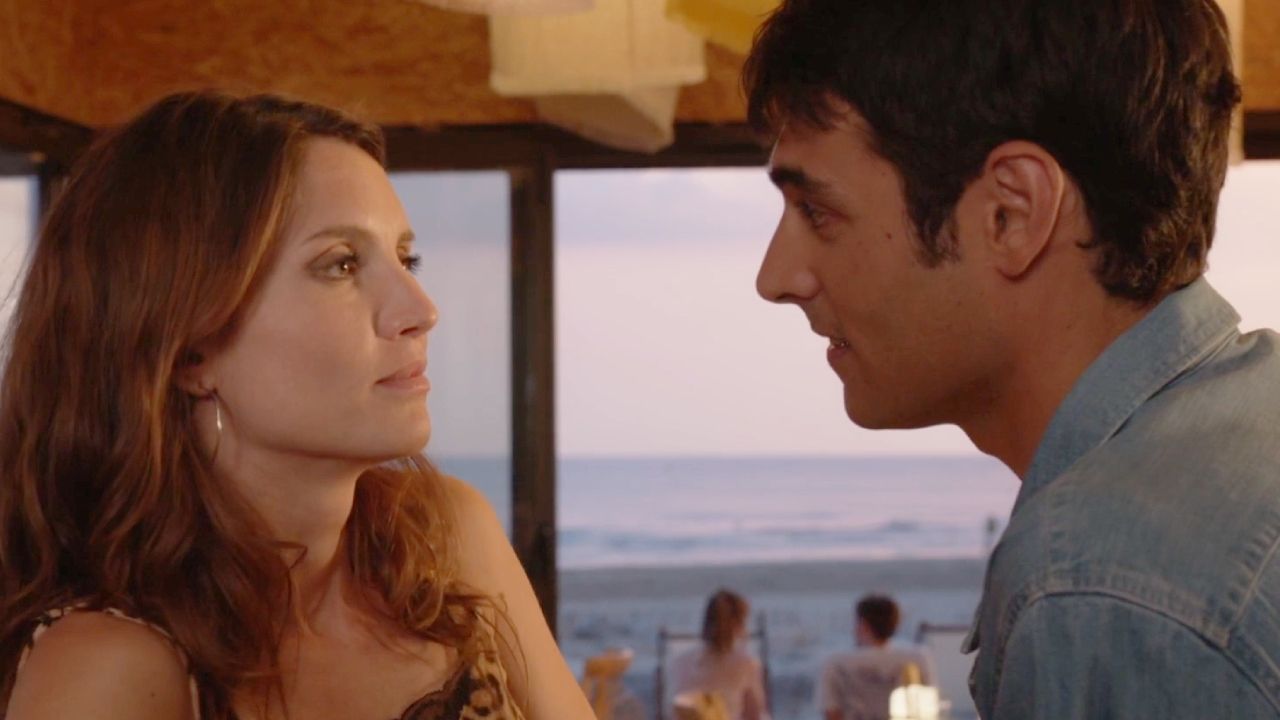“With more than 700 appearances of Napoleon on the big screen and around 350 on television, the emperor is one of the most represented historical figures on screen” Historian and film critic Antoine de Baek comments.
As for the books, the figure is undoubtedly more charming. In 2014, the historian Jean Tullard, one of the foremost specialists on the subject, put the astronomical (and unspecified) number of 80,000 works published on Napoleon; or more than one a day since his birth in 1769 in Ajaccio. Ridley Scott may have torpedoed the unkind criticism of his Napoleon, it is primarily an artistic vision – his own.
It is not easy to build an ambitious work on a character. Stanley Kubrick worked on it for years before withdrawing from the MGM project, scared off by the failure of the Waterloo theaters; Especially unfair indeed.
Years ago, filmmaker Abel Gans set out on an adventure. A truly pharaonic enterprise, held at arm’s length by its main performer, Albert Dieudon. The role that made him famous and which exposed him so much that later on he was practically only given the role of Napoleon. He even devoted himself to lecturing on the First Empire, going so far as to be buried in a Napoleonic costume…
River film
In the early 1920s, Abel Gans wanted to dedicate a huge mural to Napoleon Bonaparte, planning to make six to eight films covering the “Eagle’s” youth in captivity on St. Helena. Filming of the first episode began in 1925, the film lasts seven hours, at the end of which the audience is still in Montenot, 1796, with the emperor. Abel Gans will never be able to finish the mural due to lack of funds.
The film cost 17 million francs, and the cost of the whole mural was 20 million. The editing, which varied from four to nine kilometers of the film (even the full version of thirteen kilometers) far exceeded the deadline set by the producers.
However, this first episode – which was broadcast in two versions – a short one called ‘Opera’ for the public and a longer ‘Apollo’ for the press and distributors – was an absolutely phenomenal success. The triumph was also crowned by real technical achievements of the force.
Among the split screens, kaleidoscopic images, rapid montages, superpositions and other visual effects that emphasize the most personal or the most epic sequence is the final battle, 20 minutes long, in which Gance uses three cameras in a system called polyvision. The traditional screen is then split into three different images, one for each camera, which connect to a huge panorama. A spectacular result that increases tenfold the epic effect of his work.
Abel Gans would spend his life editing and editing his film, as well as the 1935 version, this time with sound, offering a narrative structure very different from the 1927 silent. or 1971, which will be baptized. Bonaparte and the Revolution. In fact, his masterpiece has been edited and reassembled so many times, with the added bonus of losing the original negative, that it has become even worse that it has long been impossible to determine its original form.
Quest for the Grail
The story of the film’s restoration is as fascinating as the story of Bonaparte himself. For film historian and director Kevin Brownlow, one of the greatest specialists in Abel Gans, the search for a complete version of the film director’s work, in any case the most complete, was the Holy Grail. Even life’s quest.
“I have spent 50 years poring over surviving archives around the world since I first discovered the film as a child on a 9.5mm print in 1954.” He trusted Fascinating article published in the Guardianin 2013.
His first encounter with Gansey’s Napoleon was when he was browsing the school library and came across a box of what he believed to be an educational film. “When I put the film on the wall at home, I never saw anything like it” he will say He quickly realized that he only had two rings out of the planned six; This is where his search began.
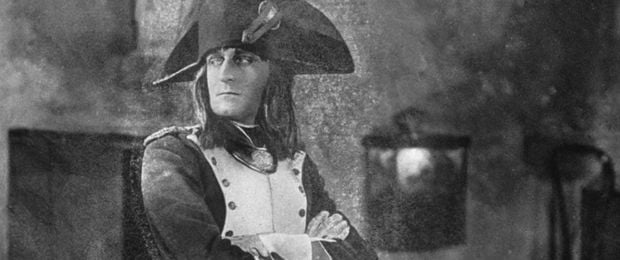
“I even wrote a letter to his director, Abel Gans, because I couldn’t believe what I saw.” The film director, then the director of the French cinema, was delighted that the young Englishman was interested in his film, so he went to the British Film Institute for a completely unexpected meeting. “My mom called my school, I was in the middle of an exam, but they let me in to see her.”
Years later, with the work of a Benedictine monk scouring cinema libraries around the world, including, of course, Paris, where he was nicknamed “The Thief”, Kevin Brownlow was able to obtain enough material. A five-hour version of the film he showed at Gance premiered at the Odeon Leicester Square in 1968 and then at the Telluride Film Festival in 1979.
An experience that would leave Gens, approaching 90, confused and tense, at first thinking he was going to show a documentary about the restoration of his film: “I remember Gens saying that he had the impression that he shot all the sound films with his eyes closed. He was so friendly, so amazed that this little kid was passionate about his work. The only drawback for him was the level of English. Even if enthusiasm doesn’t really need translation.”
A copy of it was shown in English cinemas, and Francis Ford Coppola handled the distribution in the US with his company American Zoetrope; re-edits and creates a new Carmine Coppola soundtrack from this restored version. There was also success. In New York, in January 1980, Coppola rented the huge and famous Radio City Hall, with 6,000 seats, to organize a screening of the film. Will play with a closed box!
Netflix is joining the dance
Since 1927, Abel Gance’s Napoleon has already been restored five times, including three times by the French cinema. In 2000, Kevin Brownlow carried out the third restoration; A version that the BFI will release on Blu-ray in 2016. But this is still not enough.
For his part, the director and researcher Georges Mourier also took his pilgrim staff and began a very long and expensive restoration work, under the auspices of the Cinémathèque française, which he commissioned in 2007. Initially, he was supposed to lead a mission that consisted of recovery. An inventory of boxes containing multiple reels of film – which has over 600,000 images.
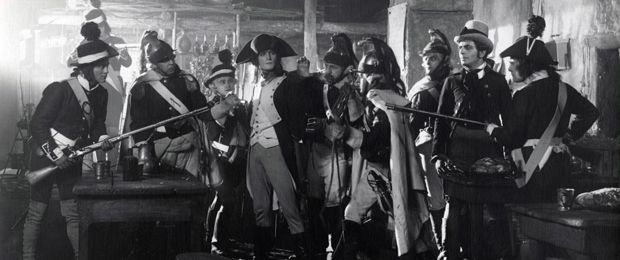
“After two years of work, we realized that all previous restorations had indiscriminately combined the two original negatives. In particular, the negatives of the first version, entitled “Opera”, which was broadcast in April 1927 at the Opéra Garnier, and the negatives of the second version. , called “Apollo”, was released for the press and professionals two months later in a long version, in the “Apollo” cinema. He trusted at the microphone of Radio France in 2020.”
Preparatory work for the titanic restoration, which will take ten years. “On March 3, 2009, we had to present our first examination at the cinema, with Laure Marshaw, my assistant, we realized that one of the CNC boxes had a strange coding.
Actually, behind this number, not one, but 179 boxes were hidden. On the ground, a new surprise, the slide indicates a completely different number: 487. All these boxes were stored years ago in a Toulouse cinema by Claude Lafay, a great fan of Gens’s work, to save them from planned destruction. Georges Mourier’s team found nearly 1,000 extra boxes for inventory.
“It’s a Frankenstein movie!”
As stated in this fascinating article on the CNC website Detailing the stages of this restoration, it was only in 2017 that restoration work actually began. The process is so long and expensive (4 million euros) that it requires the intervention of the owner. Netflix will announce in January 2021 Financial participation in work reconstruction.
In May 2021, Georges Maurier came to present his work during the Cannes Classic and hoped to complete this restored version by the end of the year, which also marked the bicentenary of Napoleon’s death. “It’s a Frankenstein movie.” he explained.
“The audience of 2021 will never know where we started. There, in search of a blueprint, it was transformed into four parts. It is more than couture, it is lace, it is lace, because we are obliged to unravel the lace made by our predecessors, so that we do not break the thread and Let’s redo it with common sense, which is the meaning of the big version.
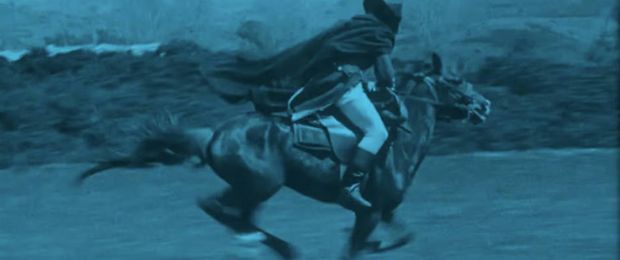
17 years waiting for the final version
But the restored work didn’t appear to be shown that year, alas… We’ll finally have to wait until the summer of 2024 to see this final version of Abel Gans’ masterpiece in select theaters. After 17 long and endless years of what should have been “simple” inventory work.
This complete and fabulously restored version was supposed to air last September on public channel France 5, but was canceled due to a technical problem. Broadcast in two parts, 231 min and 207 min respectively, Napoleon As Seen by Abel Gans has finally found its place this November 22nd on France 5. So get ready at 7.18am for the marathon which starts at 9pm. But the experience is worth it.
in the endPhysical media fans, be aware that this extraordinary version won’t be released until December 2025. Yes, it’s still a long way off…all the more reason to give this amazing work a harpoon at the same time.
Source: Allocine
Rose James is a Gossipify movie and series reviewer known for her in-depth analysis and unique perspective on the latest releases. With a background in film studies, she provides engaging and informative reviews, and keeps readers up to date with industry trends and emerging talents.

